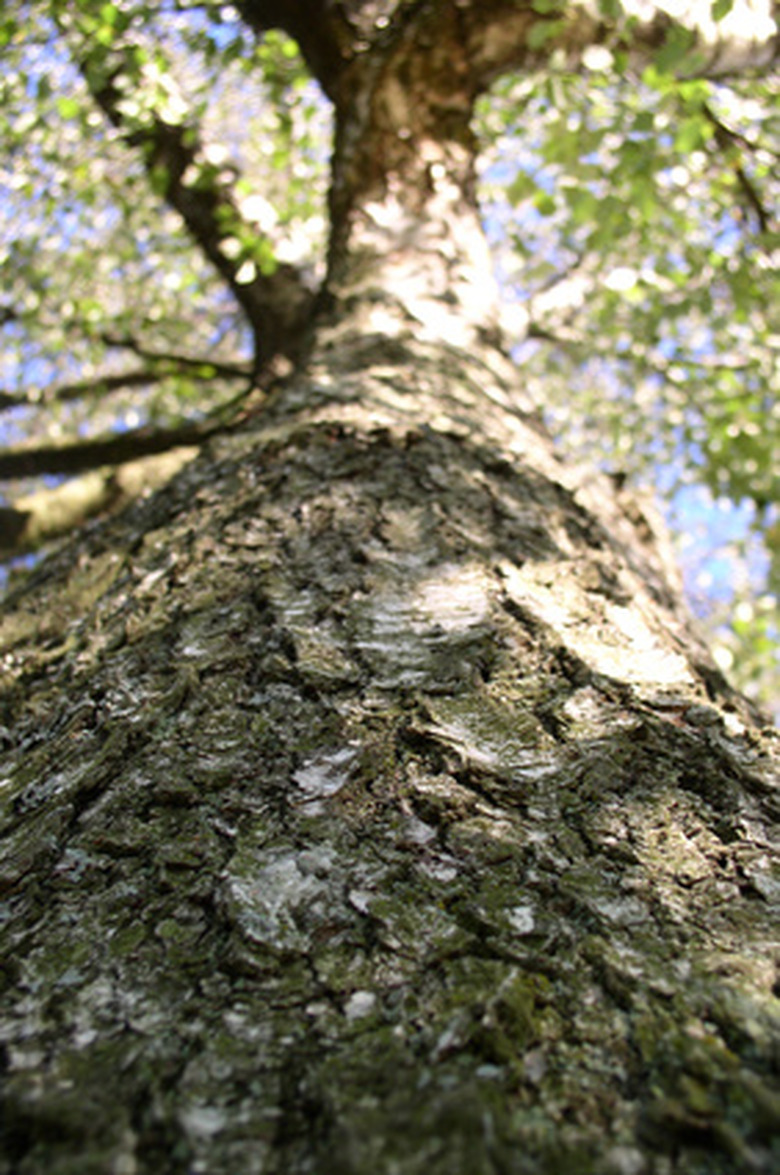Birch Trees & Brown Spots
Birch trees are some of the most widely distributed deciduous trees on the planet, with subspecies found all the way from Florida to Alaska and Canada on the North American continent. Despite the species adaptability and resistance to disease, certain conditions can cause birch tree leaves to develop brown spots and some amount of defoliation. Though these conditions are rarely serious and often disappear on their own, the owner has some treatment options.
Causes
Fortunately, because birch trees are so resilient, diagnosing the cause of birch leaf spot is typically not very difficult. The two main culprits are a pest known as the birch leaf miner and a fungal disease known as birch leaf blight. Outside of the brown spots on the leaves, these diseases are very different from each other and require different treatments.
Insect Infestation
The birch leaf miner is a small pest that feeds on the tissue inside the leaves. The problem typically shows up first near the center of the leaf. If left untreated, the problem will then grow to where the spot on the leaf takes on a blister-like appearance. The condition does not usually threaten the life of the tree, but it may in severe cases. Many owners choose to treat the tree simply for appearance's sake.
- Birch trees are some of the most widely distributed deciduous trees on the planet, with subspecies found all the way from Florida to Alaska and Canada on the North American continent.
- If left untreated, the problem will then grow to where the spot on the leaf takes on a blister-like appearance.
Insect Treatment
An insecticide is often the first choice when it comes to treating a birch tree with a birch leaf miner infestation. One method of treatment involves spraying a systemic insecticide on the leaves, which can then penetrate the surface of the leaf and go through the plant's vascular system. The other method involves injecting insecticide into the soil, which the tree can then take into its vascular system through its roots to fight the bug.
Fungal Infection
Birch leaf blight is a fungal infection that is often hard to spot at first. It appears as small, barely visible brown spots on the leaves, then grows. Though one of the primary reasons for summer defoliation and despite the fact that it can affect as much as 40 percent of the tree, fungal infection rarely kills the tree. Enough leaves typically remain on the tree to allow it to carry on basic life functions.
- An insecticide is often the first choice when it comes to treating a birch tree with a birch leaf miner infestation.
- One method of treatment involves spraying a systemic insecticide on the leaves, which can then penetrate the surface of the leaf and go through the plant's vascular system.
Fungal Treatment
Though the tree can survive, the owner can treat this birch tree infection with a fungicide. Applying the fungicide typically works most effectively just after new leaf budding in the spring. Also, remove all leaves around the tree each fall. The fungus can overwinter on the leaves and reinfect the tree the following spring.
